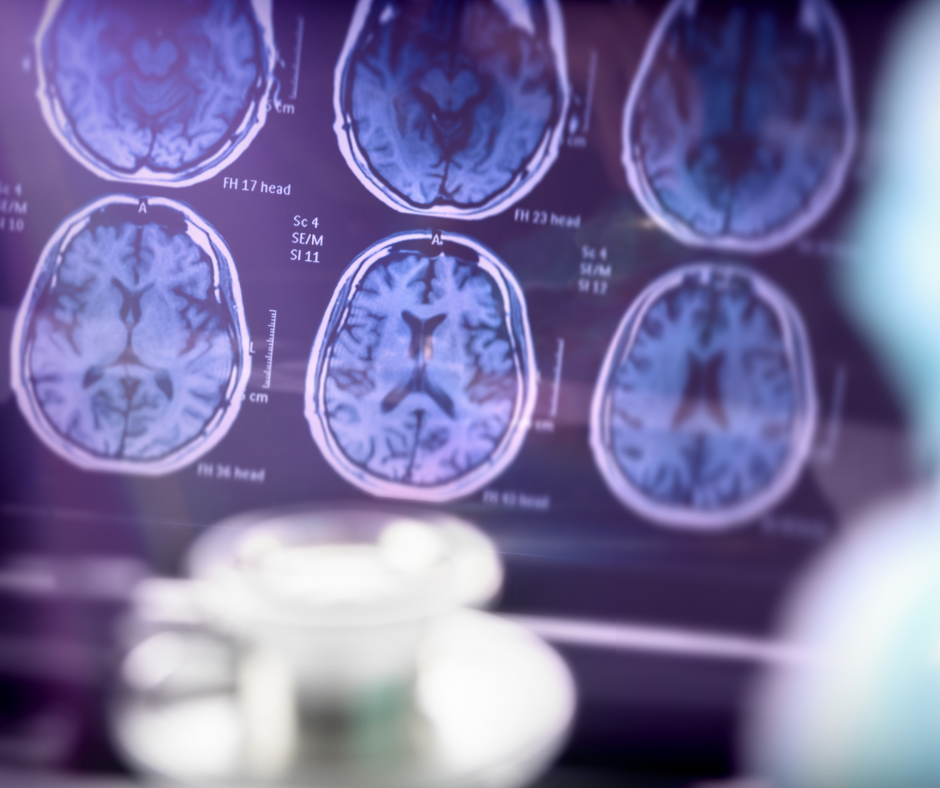The blood test is called “soluble oligomer binding assay” – or SOBA. It can detect toxic oligomers in the blood of patients with Alzheimer’s disease. Oligomers are a soluble protein species. However, they’re deformed and toxic to cells, Karen Sullivan, PhD, ABPP, a board-certified neuropsychologist and expert in Alzheimer’s, dementia and brain health, told Seasons in the recent article entitled “New blood test can identify toxic Alzheimer’s proteins years before symptoms, study finds.”
Toxic oligomers also lead to a variety of “downstream effects,” such as impaired neuronal signaling, neurodegeneration and neuroinflammation that can begin 10 to 20 years before the start of symptoms.
“Over the last 10 to 15 years, evidence has accumulated that amyloid oligomers play a key role in the earliest stages of how Alzheimer’s disease develops,” she said. “That is, these oligomers set up in the brain and damage neurons before the amyloid plaques.”
The SOBA test works by specifically focusing on a unique property of the toxic oligomers. When misfolded amyloid beta proteins begin to clump together into oligomers, they form a structure known as an “alpha sheet” (α-sheet). Past research showed that alpha sheets tend to stick to other alpha sheets, so the team designed the SOBA test to use a makeshift or synthetic alpha sheet that can bind to alpha sheet oligomers in samples of either cerebrospinal fluid or blood. The SOBA test confirms that the toxic oligomers attached to the test surface are made up of amyloid beta proteins.
The research team used the test on blood samples from 310 participants who’d previously made some of their medical records and blood samples available for Alzheimer’s research. When samples were taken from the participants, they were also identified as having no signs of cognitive impairment, mild cognitive impairment, Alzheimer’s disease, or another form of dementia. The test was able to detect oligomers in the blood of participants with mild cognitive impairment and moderate to severe Alzheimer’s.
“These results suggest that SOBA can detect early Alzheimer’s disease pathology,” the authors said. “Early detection and disease-modifying treatments are necessary to combat Alzheimer’s disease … A first step in that process is early diagnosis to intervene before irreparable damage occurs, which is estimated to begin 10 to 20 years before the presentation of symptoms.”
Valerie Daggett, PhD, senior author of the study, said in a statement the SOBA test can also be used to differentiate between other amyloid diseases, such as Parkinson’s.
“We are finding that many human diseases are associated with the accumulation of toxic oligomers that form these alpha sheet structures. Not just Alzheimer’s, but also Parkinson’s, type 2 diabetes and more,” she said. “SOBA is picking up that unique alpha sheet structure, so we hope that this method can help in diagnosing and studying many other ‘protein misfolding’ diseases.”
Reference: Seasons (Dec. 19, 2022) “New blood test can identify toxic Alzheimer’s proteins years before symptoms, study finds”




